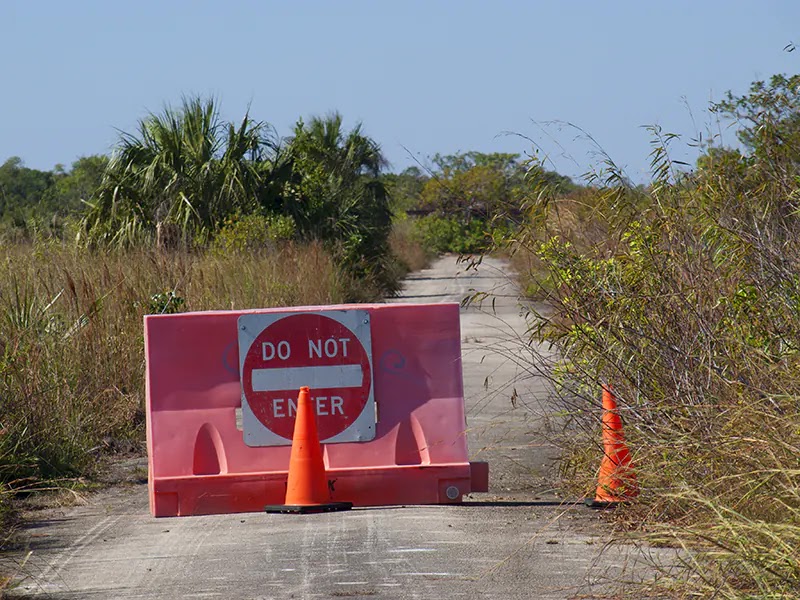Old time emotions in the Lewis Chessmen

|
| Lonely king in white space. Does him look sad, worried, scared, or the three emotions combined? Replica of a piece of the famous Lewis Chessmen - License our images here. |
It was just a replica, but the feelings were there. Casting long shadows under my modern lights, the old king whispered tales of forgotten battles. The weathered face covered by worries and sadness, pride and defiance, perhaps resignation. No doubt that the unknown carver of the walrus tusks did a good job capturing ancient vibes from Viking and Gaelic lore.
If there is something foreign to the Lewis Chessmen, it's elegance. They don't play in the same league of the Staunton chess sets. Rough and simple, our pieces are more primeval. Their furrowed brows and clenched fists speak volumes about human nature. These carvings carry the weight of centuries of warfare and political intrigues; they carry the guilt of the rise and fall of clans and kingdoms. What a profound portrait of the human disaster.
The Lewis Chessmen were born from the hnefatafl, that Viking version of chess that had so many sources: the Roman latrunculi, the poleis of the Greeks - Egyptian stuff according to Plato -, the shatran of the Sasanian Empire, and the old chaturanga from India.
The 12th-century chessmen returned to the world of the living in 1831. They were found in the Isle of Lewis, the southern vertex of a triangle between Norway and Iceland. There are many tales of the event, but nothing for sure. A lost mystery.
The chess pieces were sold to a guy called Roderick Ririe. This man, who some say was a captain, put them for sale to members of the Society of Antiquaries of Scotland on April 11, 1831 - a society founded in 1780. But before they could get the money for the purchase, Kirkpatrick Sharpe bought some of the pieces - probably he was the Scottish artist and antiquary Charles Kirkpatrick Sharpe. Eventually, the British Museum and the National Museum of Scotland got most of the pieces.
There is a theory that says that the Lewis Chessmen were made in Trondheim - the old Nidaros -, because this town of Norway was a center for walrus ivory carvings during the Middle Ages. But anyway, the Lewis Chessmen are all about tales, guesses, and theories. Maybe the bag of figurines was just dropped accidentally by a merchant. Who knows?
Seeing my picture, an unrelated question arises: how good is to be the powerful king of a sad country?
Then I remember 1984:
The object of power is power.


